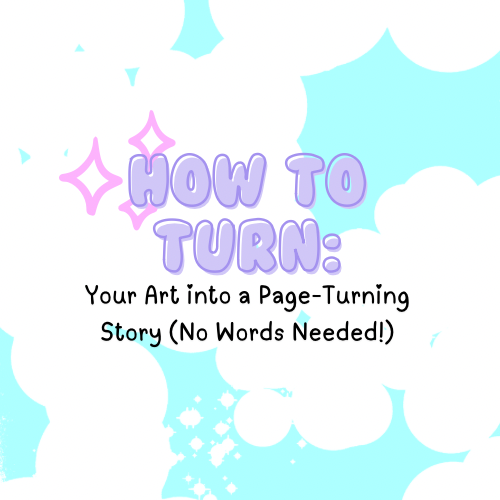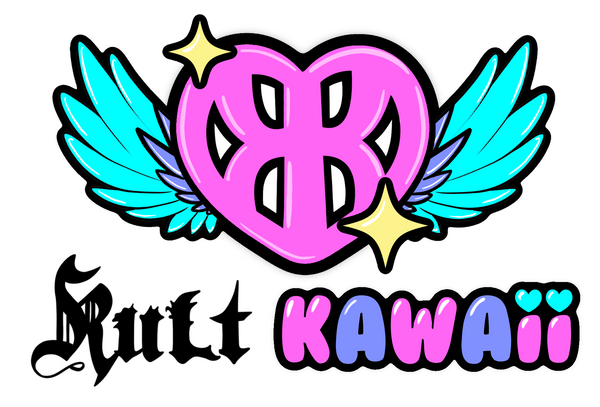
How to Turn Your Art into a Page-Turning Story (No Words Needed!)
Your art isn’t just a pretty picture—it’s a secret portal to another world. Whether you’re drawing a lonely robot on a rainy street or a witch’s bustling potion shop, every great illustration whispers (or shouts!) a story. Let’s break down how to make your art so compelling, viewers will *need* to know what happens next.
📖 Why Stories Make Art Unforgettable
- Brains love narratives – We’re wired to ask: “What’s next?”
- Emotional glue – Stories make viewers CARE about your work.
- Shareability factor – People post art that makes them feel something.
Example: A simple portrait of a knight = “Cool armor.”
A knight clutching a broken sword, staring at a dragon’s shadow? = “OMG WHAT HAPPENED?!”
🖌️ Step-by-Step: How to Bake a Story into Your Art
1. Start with “Once Upon a Time…” (But for Artists)
Ask yourself:
- Who is your character? (A time-traveling barista? A grumpy cloud?)
- What do they want? (To find their lost tail? To brew the perfect latte?)
- What’s stopping them? (A villain? Their own fears? A broken espresso machine?)
Pro Tip: Write a 1-sentence “logline” before sketching:
“A determined snail races across a city to deliver a love letter before sunset.”
2. Show, Don’t Tell (Visual Storytelling 101)
- Props matter: A cracked teacup ≠ a pristine one. What do objects hint about the story?
- Body language: Slumped shoulders vs. fists in the air = totally different vibes.
- Environment as a character: A foggy forest isn’t just background—it’s mood.
Trend Alert: Hidden details (e.g., a wanted poster in the background) keep viewers scrolling back!
3. Freeze the MOST Interesting Moment
Don’t draw the whole story—pick the peak drama:
- Before: Snail nervously eyes the city skyline.
- The Moment: Snail rides a skateboard, dodging pigeons!
- After: Snail triumphant (or…is the letter torn?).
4. Color = Emotion
- Warm tones (reds/oranges): Passion, danger, energy.
- Cool tones (blues/greens): Calm, loneliness, mystery.
- Muted palette: Nostalgia, melancholy.
Example: A sunset isn’t just pretty—it’s a ticking clock for our snail’s mission!
5. Break Rules Like a Rebel
- Silent panels: Let the viewer connect the dots (mystery = engagement).
- Sequential art: 3-panel mini-comics in one piece.
- Time travel in one frame: Show past/present/future via shadows/reflections.
🚫 Common Storytelling Slip-Ups (And How to Fix Them)
❌ Overcrowding the Scene – Too many details = confused story.
✅ Fix: Focus on 1-2 key story elements.
❌ Being Too Obvious – “Evil” villain sneering = boring.
✅ Fix: Make the villain water their plants while plotting doom.
❌ Forgetting the Viewer’s Imagination – Don’t explain everything!
✅ Fix: Leave a “?” – Let viewers invent their own theories.
✨ Plot Twist: Amplify Your Story
- Add “Easter Eggs”: Hide recurring symbols (e.g., a moon phase in every piece).
- Create Series: Turn one story into chapters (What’s next for the snail?).
- Pair with Text: A short poem or fake diary entry in the caption.
📚 Your Storytelling Toolkit
1. Character Design Cheat Sheet – Sketch expressions, outfits, and props.
2. Mood Playlist – Listen to music that matches your story’s vibe while drawing.
3. “Why Should I Care?” Test – Ask a friend what they think is happening.
FREE BONUS: Grab our “Storytelling Swipe File” – 50+ story prompts and composition templates!
Your Mission:
1. Pick one existing artwork and add a hidden story detail.
2. Post it with #ArtThatTellsAStory – We’ll reshare our faves!
